http://www.hindustantimes.com/News-F...e1-862625.aspx
Bajaj, Yamaha, Honda spar over scooters
The fast-growing scooter segment in the world’s second-largest two-wheeler market after China has become a bone of contention.
Scooter sales growth has outpaced motorcycles in India for the last 5 years, a far cry from 2006-07 when its share had dropped to just 13% of two-wheeler sales. It has also helped Japanese auto major Honda edge closer to Bajaj — once the king of scooters in India which is now dismissive of the segment.
“It is irrational to talk of marketshare without looking at profitability,” said Rajiv Bajaj, MD, Bajaj Auto. “I’d love to know how much money is being made on scooters. We are a publicly listed company and are judged by our profitability. We are not HMSI (Honda) or Yamaha where nobody knows what kind of money they are making.”
Yamaha, which is looking to launch its first scooter in India in a couple of months, said scooter sales will grow faster than the market at least till 2020.
“This year, scooters accounted for 20% of domestic two-wheeler sales in the country,” said Hiroyuki Suzuki, CEO and MD, India Yamaha Motor. “Our forecast is, it will grow to over 30% by 2016 and over 40% by 2020... obviously it is profitable. We are in fact late and want to launch our products as soon as possible,” said Suzuki. Honda, India’s largest scooter-maker and in direct combat with Bajaj for the number 2 slot, also reacted strongly.
“Of course we are profitable. Where do you think our salaries come from?” said Yadvinder S Guleria, vice-president, sales and marketing, HMSI. Bajaj, the only company without a scooter in its portfolio, is unfazed.
“We are very focussed and want to be the best motorcycle maker in the world,” said Bajaj. “We do not want to distract ourselves with scooters. Companies that distract themselves can never make the kind of things we do.”
Bajaj, Yamaha, Honda spar over scooters
The fast-growing scooter segment in the world’s second-largest two-wheeler market after China has become a bone of contention.
Scooter sales growth has outpaced motorcycles in India for the last 5 years, a far cry from 2006-07 when its share had dropped to just 13% of two-wheeler sales. It has also helped Japanese auto major Honda edge closer to Bajaj — once the king of scooters in India which is now dismissive of the segment.
“It is irrational to talk of marketshare without looking at profitability,” said Rajiv Bajaj, MD, Bajaj Auto. “I’d love to know how much money is being made on scooters. We are a publicly listed company and are judged by our profitability. We are not HMSI (Honda) or Yamaha where nobody knows what kind of money they are making.”
Yamaha, which is looking to launch its first scooter in India in a couple of months, said scooter sales will grow faster than the market at least till 2020.
“This year, scooters accounted for 20% of domestic two-wheeler sales in the country,” said Hiroyuki Suzuki, CEO and MD, India Yamaha Motor. “Our forecast is, it will grow to over 30% by 2016 and over 40% by 2020... obviously it is profitable. We are in fact late and want to launch our products as soon as possible,” said Suzuki. Honda, India’s largest scooter-maker and in direct combat with Bajaj for the number 2 slot, also reacted strongly.
“Of course we are profitable. Where do you think our salaries come from?” said Yadvinder S Guleria, vice-president, sales and marketing, HMSI. Bajaj, the only company without a scooter in its portfolio, is unfazed.
“We are very focussed and want to be the best motorcycle maker in the world,” said Bajaj. “We do not want to distract ourselves with scooters. Companies that distract themselves can never make the kind of things we do.”

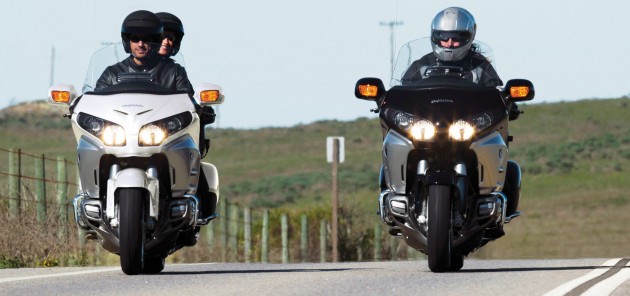
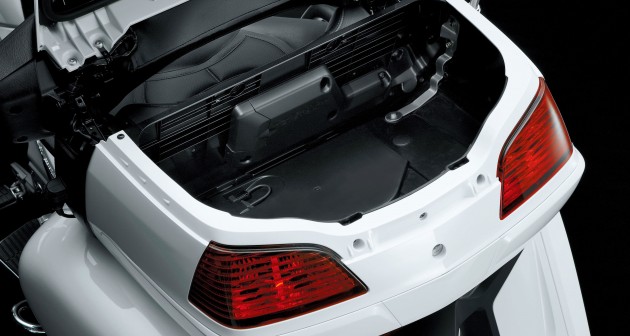
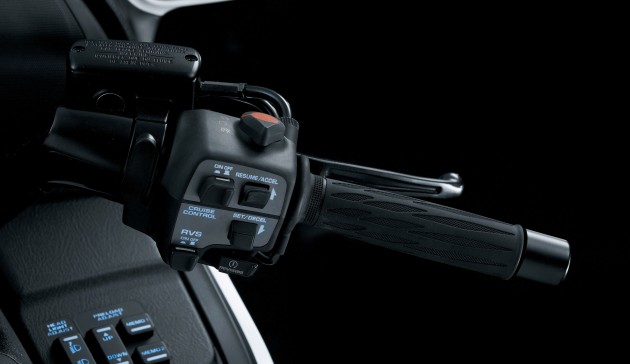
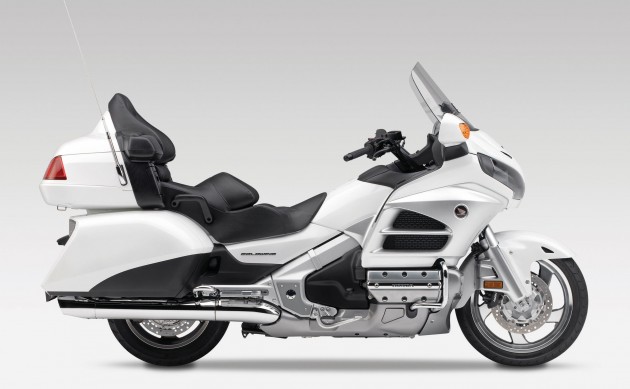
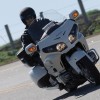
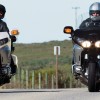
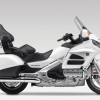
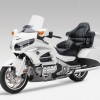



Comment